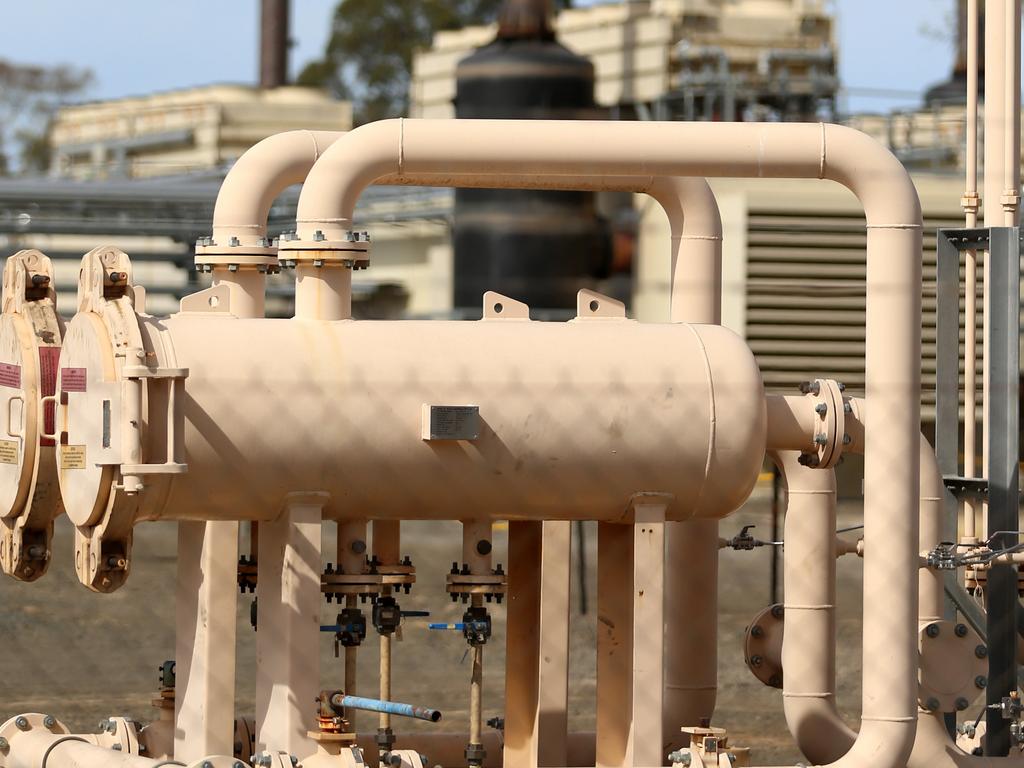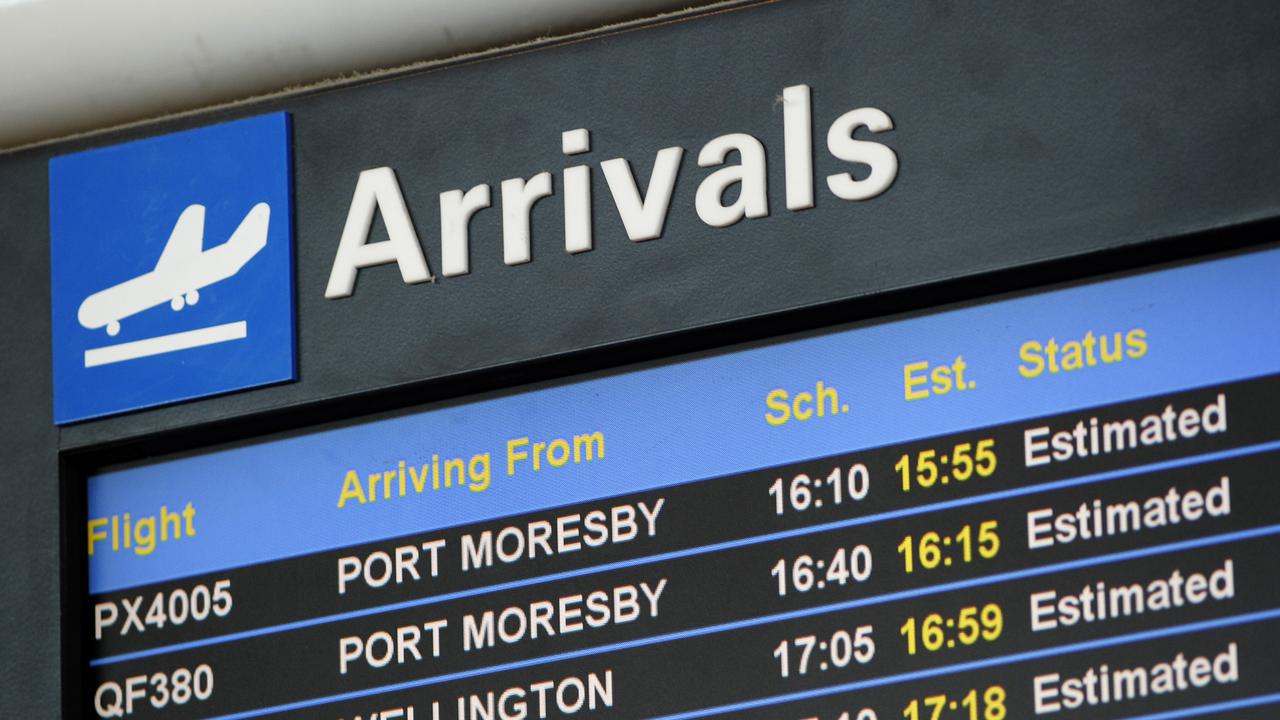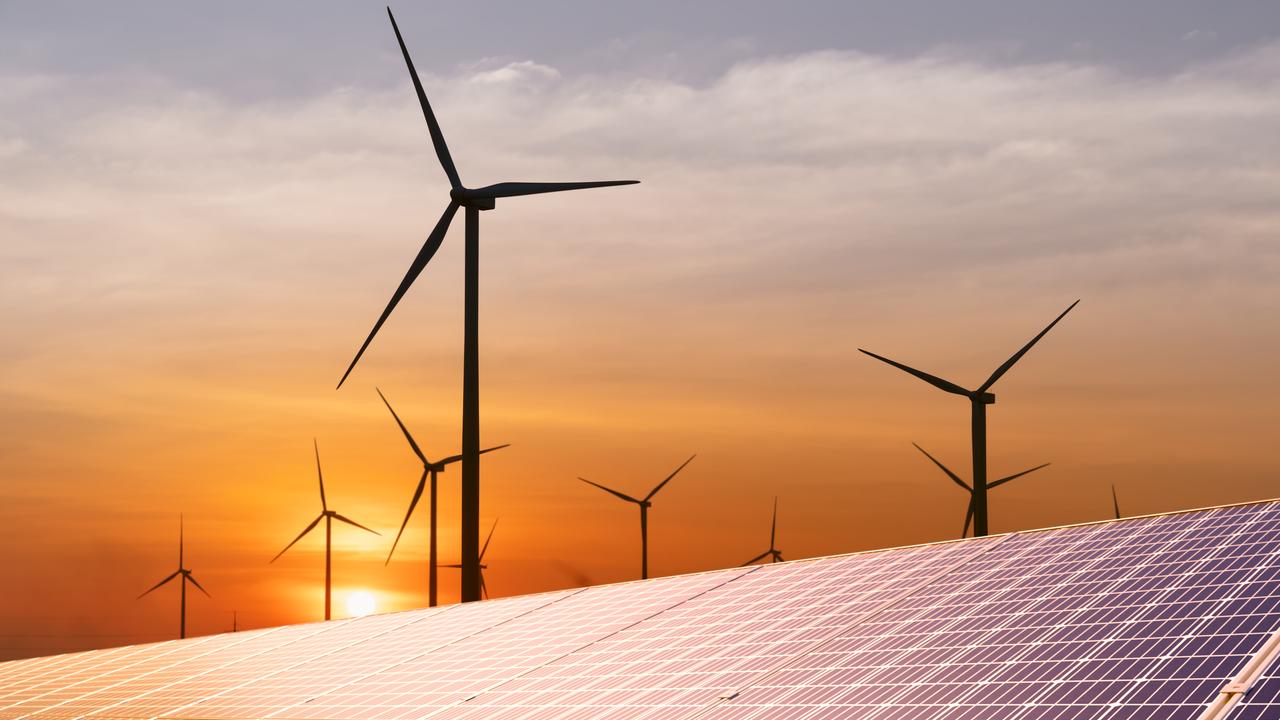Andrew Forrest’s Port Kembla LNG import terminal delayed by one year, raising gas supply risks
A key piece of Squadron Energy’s LNG import terminal will not return to Australia until 2027. The delay leaves the already fragile east coast gas market exposed to greater risk.
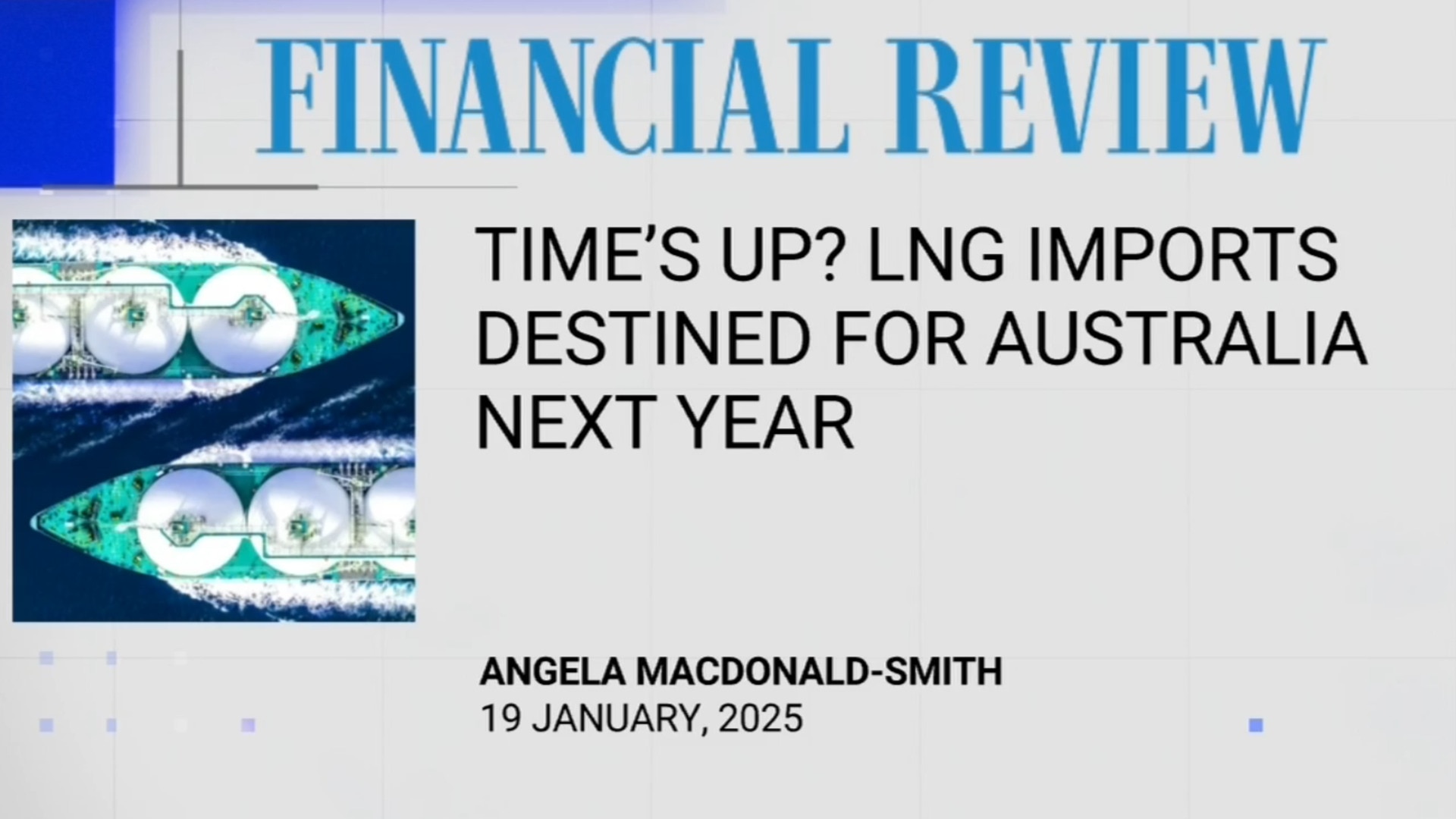
Business
Don't miss out on the headlines from Business. Followed categories will be added to My News.
The planned LNG import terminal at Port Kembla, backed by billionaire Andrew Forrest’s Squadron, will not be ready to receive gas until at least mid-2027, delaying a key project intended to safeguard Australia’s east coast energy supply.
Rob Wheals, the chief executive of Squadron Energy, confirmed it extended the lease of its floating storage and regasification unit (FSRU), Hoegh Galleon, to an Egyptian customer where it is moored for another 12 months. That pushes out the vessel’s planned return to Australia and removes an imminent emergency backstop for the domestic market. Egypt’s eGas will hold on to the vessel until the end of 2026.
“We continue to see strong market and customer interest from 2027 and beyond, aligning with the Australian Energy Market Operator forecasts of seasonal shortfalls in 2028 expanding to serious structural supply shortfalls from 2029 onwards,” said Mr Wheals.
“The Port Kembla regassification terminal is a critical asset to ensure these forecast shortages do not eventuate.”
Traditional gas fields that serve Australia’s east coast are declining, and new developments face regulatory and investment hurdles. Port Kembla was positioned to address this looming supply gap, particularly during winter when gas demand for heating surges in states like Victoria and the ACT.
Although current conditions have provided temporary relief with high storage levels and milder weather in Victoria curbing demand, industry analysts warn the situation could deteriorate rapidly.
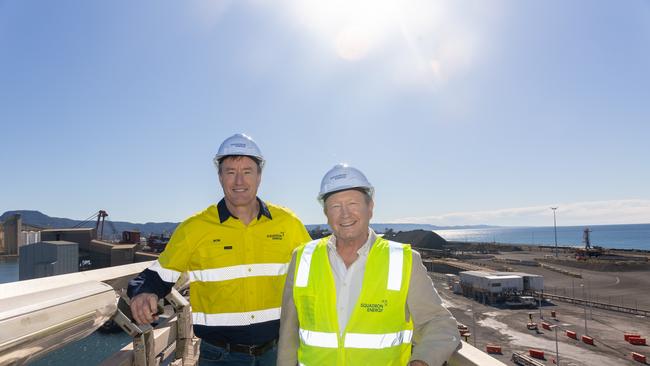
Last winter, the Australian Energy Market Operator was compelled to articulate its concerns as gas drawdowns surged during a cold snap. While conditions eased before any serious disruption, the memory of 2022 also looms large. That year, unplanned outages at coal-fired power stations coincided with high winter demand, forcing gas generators into near-continuous operation. Supplies ran dangerously low, and diesel was burned at some plants to safeguard against blackouts.
The underlying risks remain. Much of Australia’s ageing coal fleet — still the backbone of the electricity system — is becoming increasingly unreliable despite significant spending on maintenance. If major outages occur during another cold winter, and with no import terminal available, the system’s resilience will be tested.
Adding to the strain is the limited capacity of the pipeline linking Queensland’s LNG-rich north to NSW and Victoria, which frequently operates near or above capacity, leaving little room to ramp up supplies in emergencies.
With the Port Kembla terminal now off the table until at least winter 2027, the east coast gas market will remain dependent on favourable weather and stable generation from the coal fleet to keep the lights on and homes warm.
Energy executives have urged the Albanese government to accelerate approvals for new gas supply projects, including Santos’ contentious Narrabri development, amid growing concerns about an impending shortfall on the east coast.
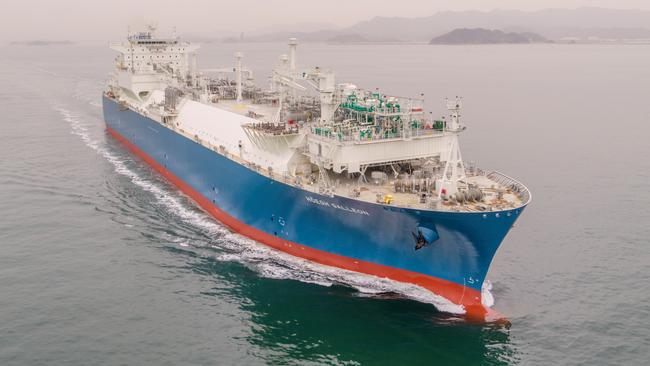
The Narrabri project, which has faced years of environmental and community opposition, could provide up to 200 terajoules of gas per day, the equivalent of roughly half of NSW’s current demand. Santos is aiming to extract approximately 1500 petajoules in total from the project.
Despite mounting pressure from industry, both federal and state Labor governments remain cautious. Canberra has insisted it will not compromise on environmental assessments, wary of the political risks associated with fast-tracking a development that has drawn fierce resistance from environmental groups and regional communities.
Industry leaders argue that the government’s reluctance to green-light new gas supply contradicts its stated support for gas as a transitional energy source. The gas sector views the delays as emblematic of a broader policy hesitancy.
Labor has pushed back on that narrative, reaffirming its commitment to gas as a “critical” part of the energy mix while maintaining the need for rigorous environmental oversight.
But importing gas is not universally popular.
Pipeline owner APA Group is one of its opponents and has argued any action to prop up imports may trigger a jump in local prices. The gas infrastructure player has floated its own $2bn plan to transport supplies from new sources at a cheaper cost than LNG terminals.
However, proponents of liquefied natural gas imports dispute that, claiming the cost of bringing new supply to market including infrastructure investment and long lead times will erode any potential price advantage.
Government support for LNG imports is needed, according to the Grattan Institute’s Tony Wood, who said in March that the financial risk of a plant investment had proven to be too high for a “simple” commercial solution.
The debate underscores the policy tightrope Canberra must walk as it seeks to balance energy security, emissions targets and political sensitivities in the lead-up to its transition plan.
Originally published as Andrew Forrest’s Port Kembla LNG import terminal delayed by one year, raising gas supply risks


